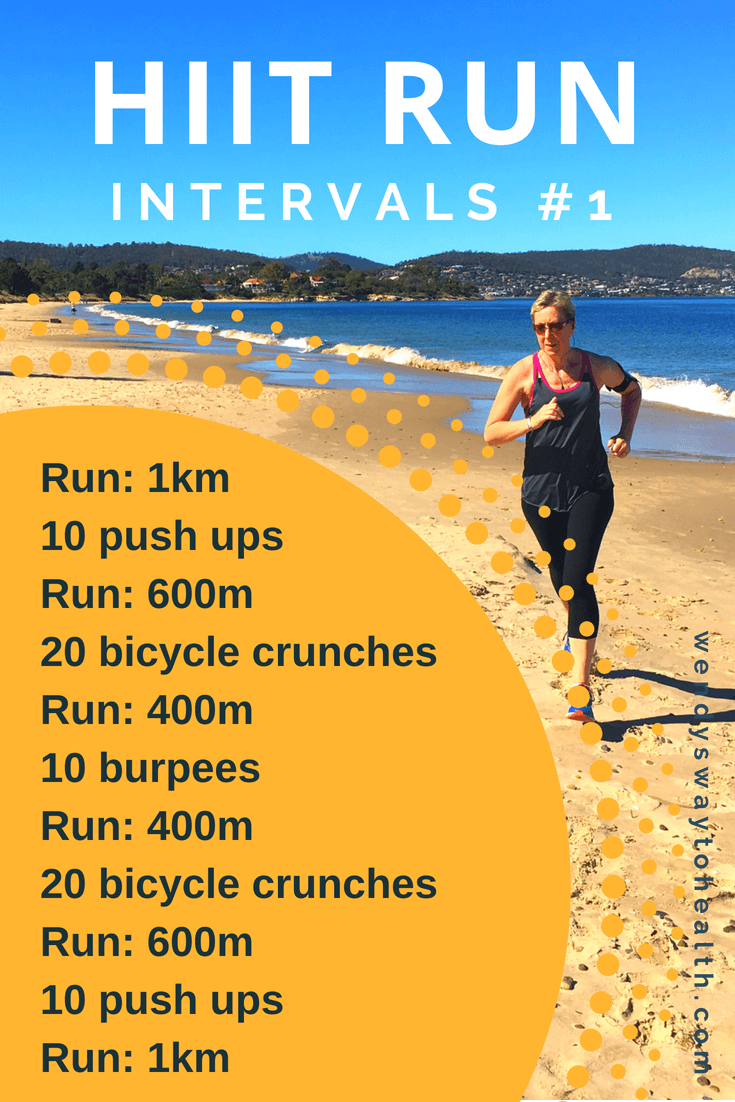The Ultimate Running Strategy Overview: Attain Your Health And Fitness Goals
The Ultimate Guide to Taking Care Of Discomfort When Running
Whether you are a seasoned marathoner or just beginning your running trip, comprehending the various kinds of discomfort that can occur and the techniques to resolve them is crucial. From pre-run workout regimens to appropriate footwear option, there are many elements to consider when it comes to dealing with discomfort while running.

Understanding Various Sorts Of Running Discomfort
When running, it is necessary to compare different sorts of pain to stop injuries and optimize efficiency (Read More). One typical kind of discomfort that joggers may experience is muscle soreness, which typically arises from the anxiety placed on muscular tissues throughout exercise. This sort of discomfort is frequently a normal component of the running process and can be managed via appropriate warm-up, cool-down, and extending routines
An additional type of pain to be conscious of is joint discomfort. Joint pain can suggest concerns such as overuse, improper type, or underlying problems like arthritis. Neglecting joint pain can bring about a lot more extreme injuries, so it is essential to resolve any discomfort immediately and perhaps seek professional recommendations.
In addition, sharp or stabbing discomforts should not be neglected. These kinds of discomfort can signal severe injuries such as stress, strains, or tension cracks - running strategy. Remaining to go through these sorts of pain can worsen the injury and prolong healing time

Pre-Run Warm-Up and Extending Regular
To prepare the body for a running session, carrying out a reliable pre-run warm-up and stretching routine is important. An appropriate warm-up assists boost blood circulation to the muscle mass, enhances versatility, and minimizes the danger of injury throughout the run. Begin with dynamic stretches like leg swings, arm circles, and high knees to gradually raise your heart rate and loosen up the muscles. Dynamic stretching helps mimic the motions you'll be doing while running, preparing your body for the activity ahead. Follow this with fixed stretches concentrating on significant muscular tissue teams such as the hamstrings, quadriceps, calf bones, and glutes. Hold each go for regarding 15-30 secs without jumping to advertise muscular tissue relaxation and versatility. Remember to listen to your body and adjust the strength of your workout based on your physical fitness level and any pre-existing problems. By integrating a constant pre-run warm-up and extending regular into your running regimen, you can maximize efficiency and lessen the danger of discomfort or injury.
Appropriate Shoes Choice and Fit
Picking proper shoes that fits well is critical for joggers to stop discomfort and reduce the threat of injuries. Uncomfortable footwear can cause blisters, black nails, shin splints, and other uncomfortable conditions that can hinder efficiency and sideline training. When selecting running footwear, it is vital to think about factors such as foot kind, running stride, arch support, padding, and footwear size. running workout. Seeing a specialty running store for a stride analysis and professional fitting can assist make sure that you pick the right shoes for your individual requirements. Running footwear should offer appropriate assistance and stability while likewise fitting and light-weight. Additionally, it is suggested to replace your operating footwear every 300-500 miles to keep proper cushioning and support. Buying high-grade footwear that is suitable for your running style and foot composition is an aggressive action in the direction of avoiding pain and injuries during your runs.
Nourishment and Hydration Tips for Pain Prevention

Hydration is similarly crucial for runners to stay clear of aches, dehydration, and various other discomforts that can lead to discomfort during running. It is suggested to drink an appropriate amount of water throughout the day and especially in the past, during, and after running sessions. Electrolyte-rich beverages or sporting activities drinks can likewise be valuable for renewing shed minerals and maintaining appropriate liquid equilibrium. running workout (Read More). By focusing on nutrition and hydration, joggers can enhance their efficiency, reduce discomfort, and enjoy an extra comfortable running experience.
Post-Run Healing Techniques to Reduce Pain
Carrying out reliable recovery techniques is necessary for alleviating pain and promoting muscle mass recuperation after running sessions. One key post-run recovery technique is extending. Including fixed go for significant muscle groups can help minimize muscular tissue stress and discomfort. Foam rolling is another helpful technique to launch muscle mass tightness and enhance blood circulation to the muscles, aiding in quicker healing. In addition, icing aching locations for 15-20 minutes can help in reducing swelling and numb pain post-run.
Consuming a balanced snack or dish that consists of healthy protein and carbs within 30 mins of finishing a run can aid fix muscle mass cells and renew energy stores. By incorporating these post-run recuperation methods into your routine, you can effectively handle pain and optimize your running Click This Link performance.
Final Thought
To conclude, addressing different sorts of running pain via proper warm-up, stretching, shoes choice, nutrition, hydration, and post-run recuperation techniques is important for discomfort prevention and monitoring. By recognizing the root causes of pain and applying these approaches, runners can minimize pain and prospective injuries. It is critical to focus on total physical health and health to make sure an effective and pleasurable running experience.